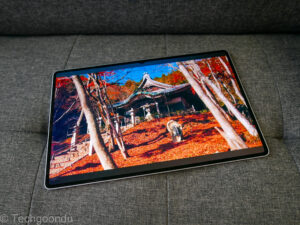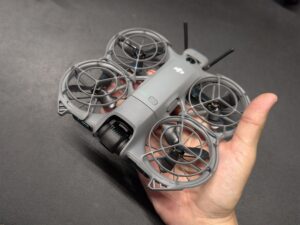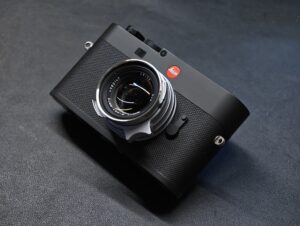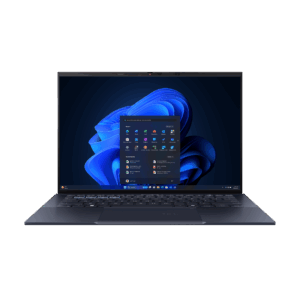Vivo has launched the Vivo X300 series in Shanghai this week, using its imaging prowess as its main selling point. The new phone offers yet another alternative to Samsung’s Galaxy S25 and Xiaomi’s 15T smartphones in Singapore if you are looking for a capable mobile imaging device.
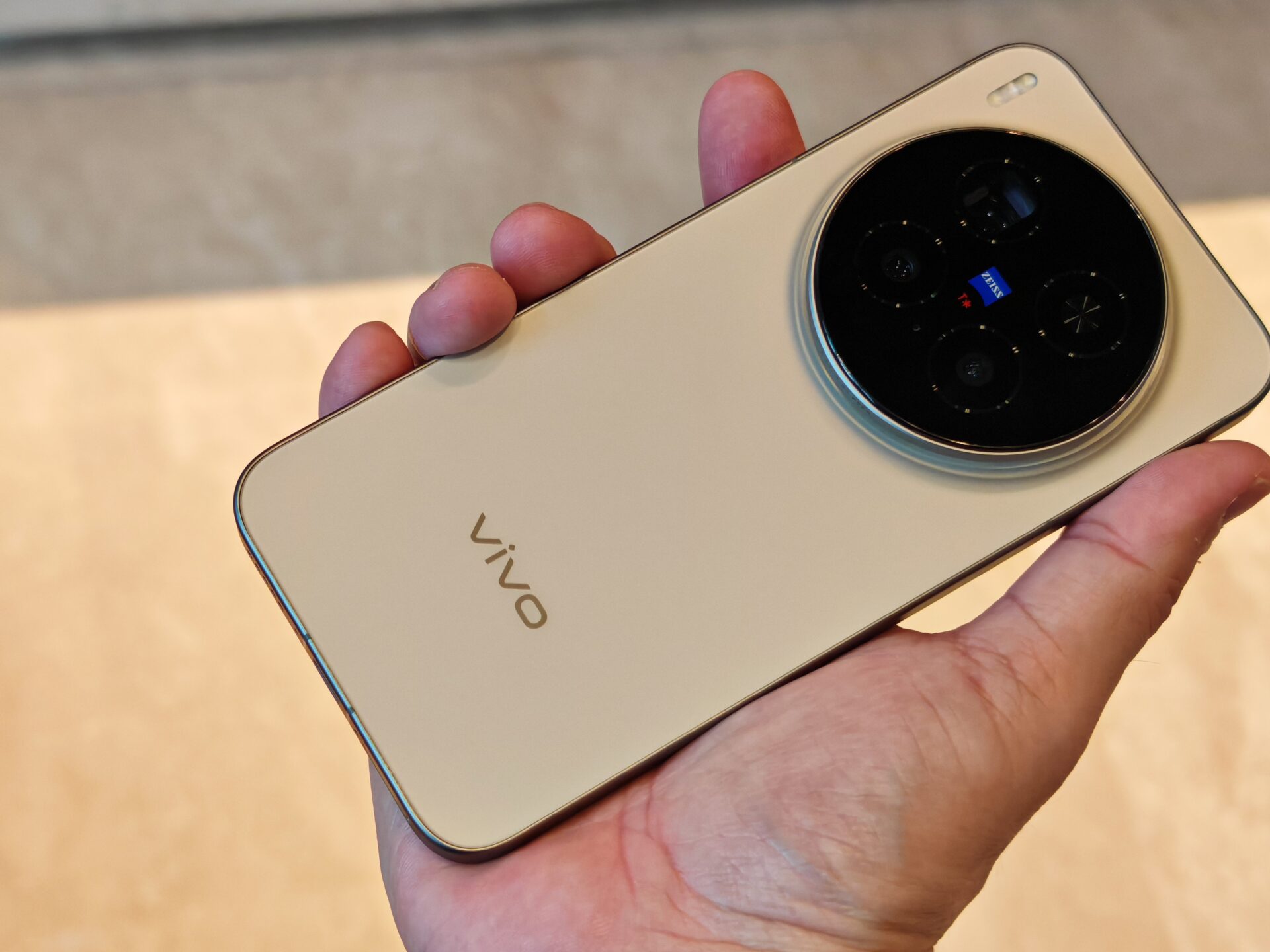
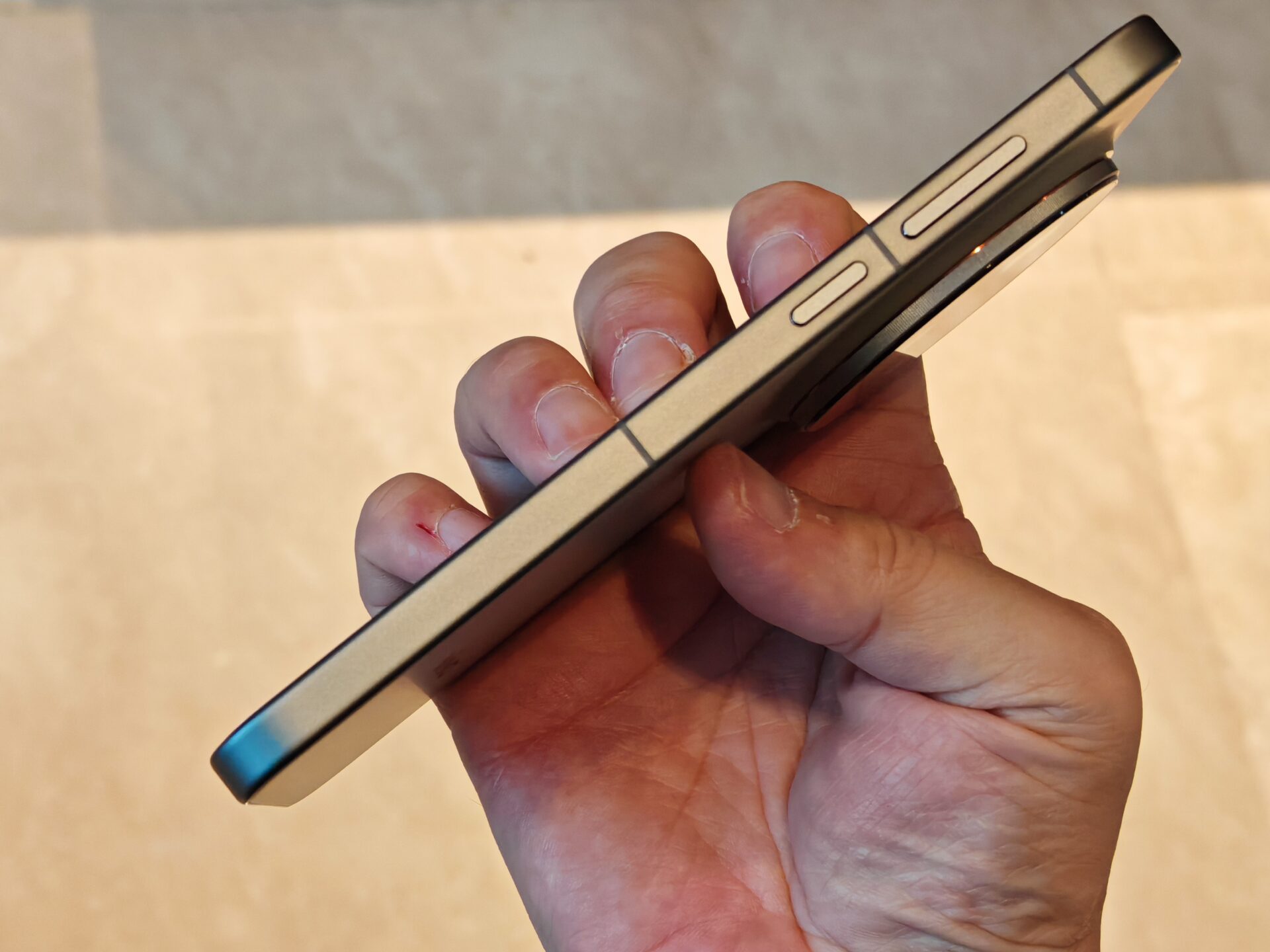
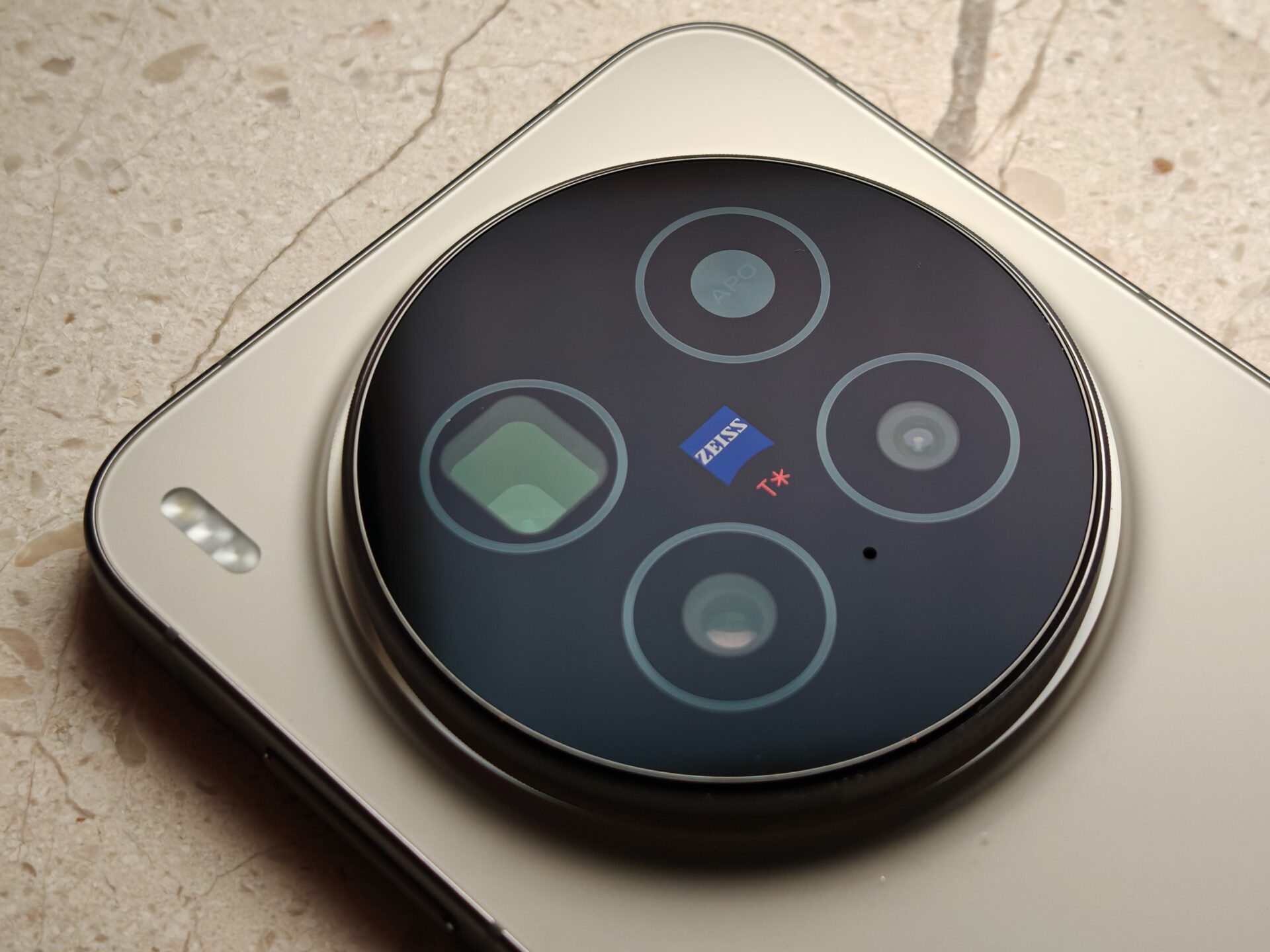
The Chinese company has equipped its new phone with a Zeiss APO periscopic super telephoto lens, which has an 85mm full-frame equivalent focal length.
It features a 200-megapixel sensor that measures 1/1.4 inches. This zoom camera is paired with a 50-megapixel main camera sensor measuring 1/1.28 inches. Plus, there is a 50-megapixel ultra-wide camera with a sensor size of 1/2.76-inch and a 50-megapixel front-facing camera.
While 200-megapixel sensor cameras aren’t new, the addition of an apochromatic (APO) lens can greatly enhance clarity and sharpness, particularly when zooming in on subjects like the Merlion from Marina Bay Sands. Having a high megapixel sensor will be useful in capturing high-quality stills while filming a 4K video, saving content creators time.
Furthermore, the camera includes image stabilisation for long zooms, which helps reduce camera shake during distant shots. This combination of large megapixel count sensor with stabilisation may get mobile photography buffs excited.


Additionally, the 85mm focal length is the preferred choice for most portrait photographers. It provides a natural, distortion-free look and allows subjects to be separated from the background using bokeh.
Although the small sensors on mobile phones may not achieve as much natural blur, AI rendering can imitate this effect beautifully when applied accurately. My initial tests with the phone this week show promising results – think good skin tones, fast autofocus locking, a responsive shutter, and pleasing bokeh.
If the camera’s maximum zoom range of 480mm (at full-frame equivalent) isn’t sufficient, you can use the Zeiss 2.35x Telephoto Extender to capture your favorite performer clearly on stage.
Additionally, there is a Photography Kit available that comes with a grip attachment, a shutter button, and a zoom lever. This is similar to those found on mirrorless cameras, making it easier to capture both images and videos.
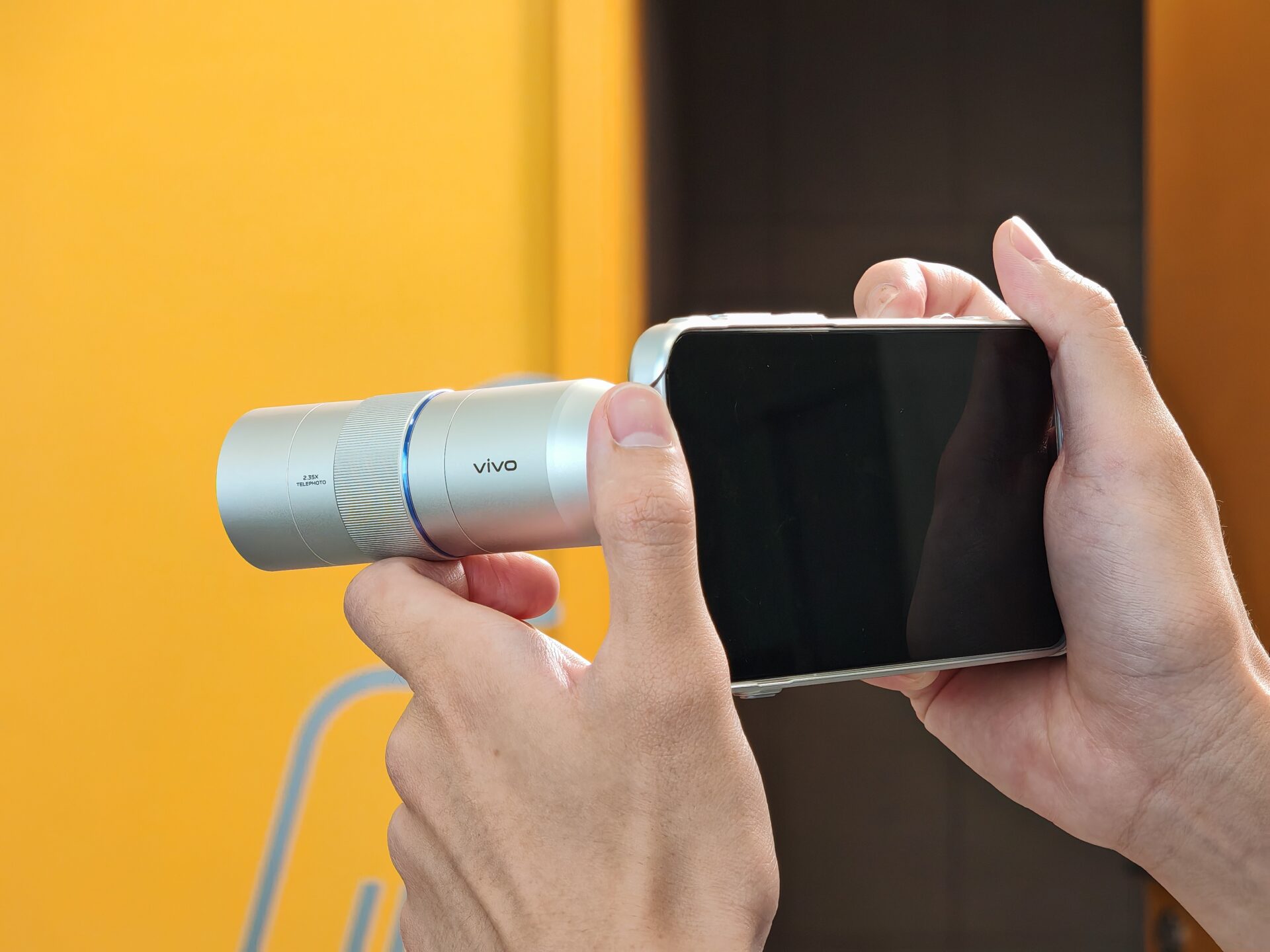
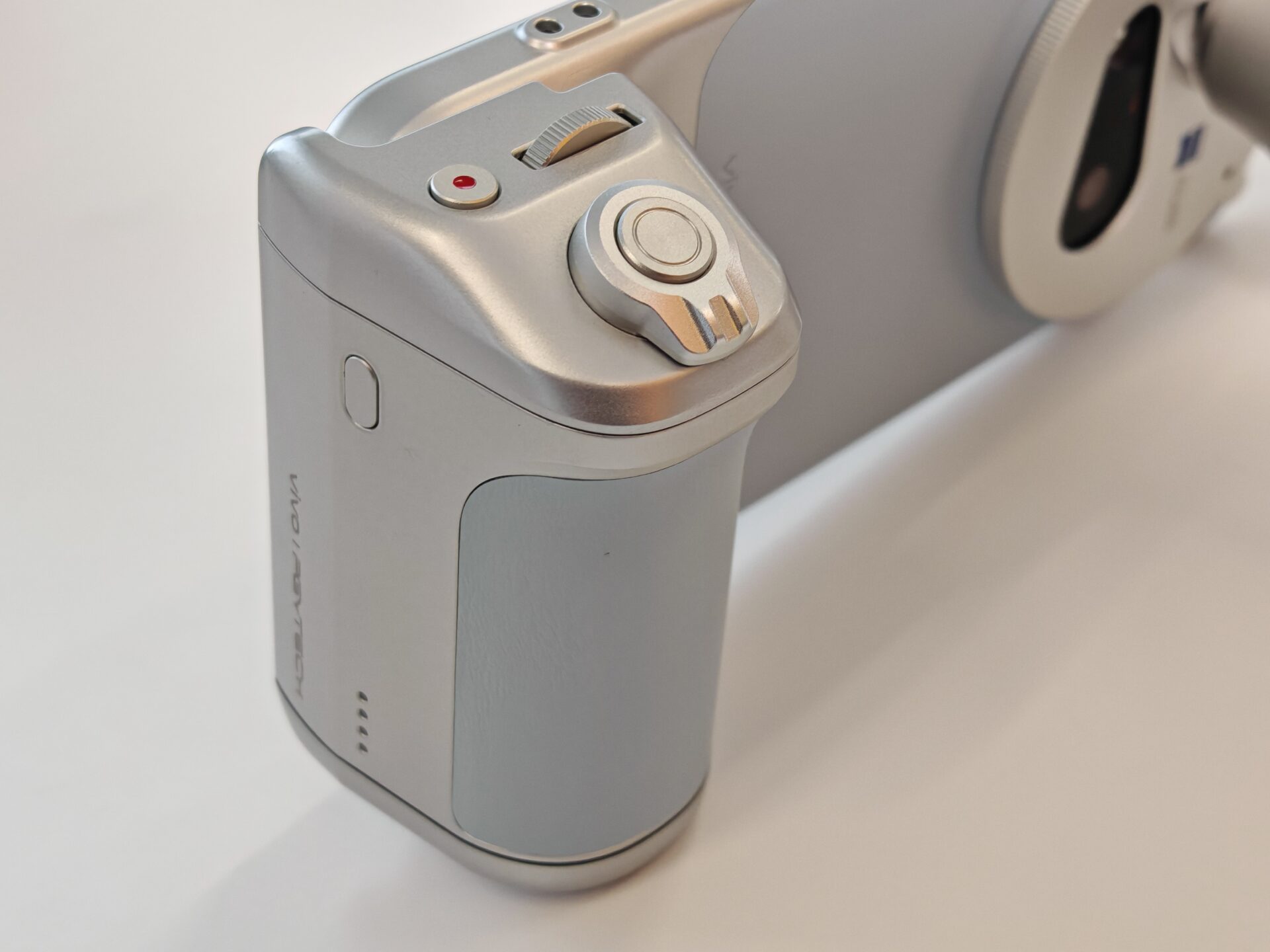
Under the hood, Vivo has used the MediaTek 9500 Dimensity processor rather than the Qualcomm Snapdragon 8 Elite Gen 5 chip favoured by other makers. The MediaTek processor may not have the same reputation as the Snapdragon, but past experiences show it performs well for most daily tasks.
Vivo has introduced its new imaging chip, the V3+, which promises great performance with the latest hardware. This chip works in conjunction with the Dimensity processor to improve subject tracking and enhance image quality during video recording.
Yes, that’s even at 4K resolution and 120 frames per second in slow motion, for both the main and telephoto cameras, with 10-bit Log RAW files that enable professional-level post-editing.
Saving in a log format will require larger files to be stored. Vivo has thought of this by introducing dual UFS 4.1 channels. This means easier transfer of large files from the camera system to storage.
Although the phone has improved its camera capabilities, Vivo has kept the thickness at 7.99mm, and the 6.78-inch display makes it manageable to hold.
The glass back has a rough texture for a better grip too. The phone’s overall look reminds me of a cross between the Oppo Find X8 Pro and the iPhone, and that may not be a bad thing if getting a good grip while maintaining a utilitarian look is high on your list.
The Vivo X300 Pro features a 6,510mAh silicon anode battery that promises all-day use. It comes equipped with 16GB of RAM and 512GB of storage which is enough for most users except vloggers who record in 4K resolution and high fps. Additionally, with IP68 and IP69 ratings against weather and exposure, users can have peace of mind when using the phone outdoors.
Prices, colours and stock availability for Singapore are yet to be revealed during the launch. We’ll have more with a full review later.

